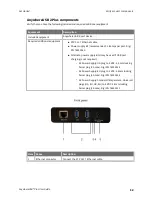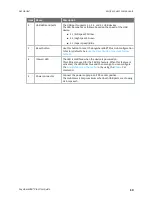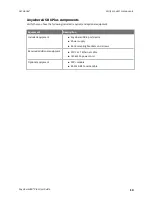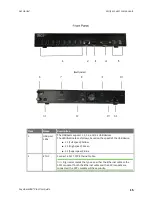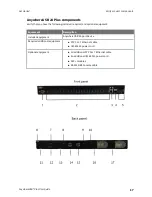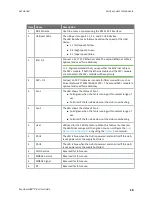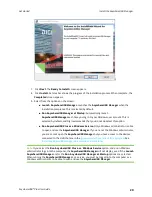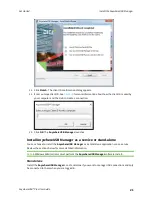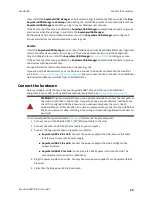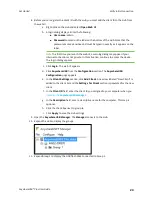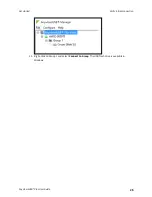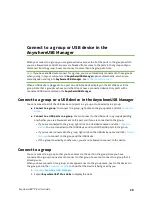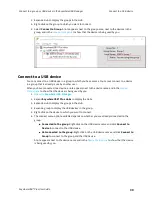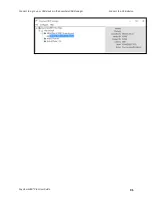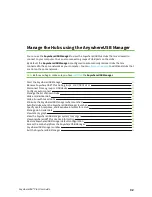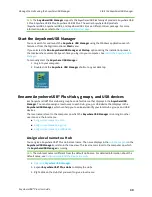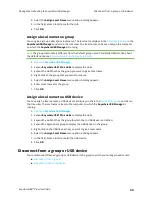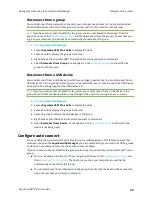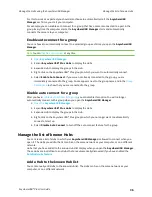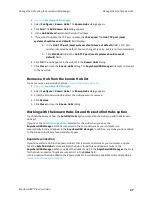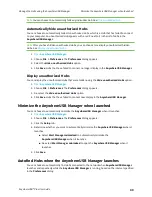
Create groups and assign to client IDs
For each Hub, the Hub administrator can assign a number of USB ports to a group. The Hub
administrator can also assign groups to client IDs. Groups are created and assigned to client IDs in the
AnywhereUSB
page in the web UI.
When the client ID connects to a Hub, the computer is allowed to access the ports in the groups
assigned to the client ID. The same groups can be assigned to more than one client ID on a Hub. Note
that connecting to a group is exclusive and only one client can connect to a group at a time.
1.
Add client IDs to the client list
2.
Create groups and assign ports to the group
.
3.
Create groups and assign ports to the group
In the
AnywhereUSB
page in the web UI, you can assign a name to each group, and specify the ports
in each group. Each port can only be assigned to one group. Any unassigned ports are included in the
Unassigned
row that displays beneath the list of groups.
If a group has ports assigned to it, the group will display in the
AnywhereUSB Manager
, even if a USB
device is not connected to a port. You can reassign the unused ports in a group so the group does not
appear in the
AnywhereUSB Manager
. See
Hide a group in the AnywhereUSB Manager
.
1.
for your selected Hub.
2. Click
AnywhereUSB
from the Configuration section. The
AnywhereUSB Configuration
page
appears.
3. In the
Group Description
field, enter a name for a group. This name displays in the
Group
Name
field in the
in the
Anywhere USB Manager
.
4. In the row for the group, select the ports for that group. Each port on a Hub can be assigned to
only one group. Ports that are not assigned to a group can be put in the default
Unassigned
group.
5. Repeat the steps 3 and 4 for each group you want to create.
6. When done, click
Apply
to save the changes.
AnywhereUSB® Plus User Guide
26

